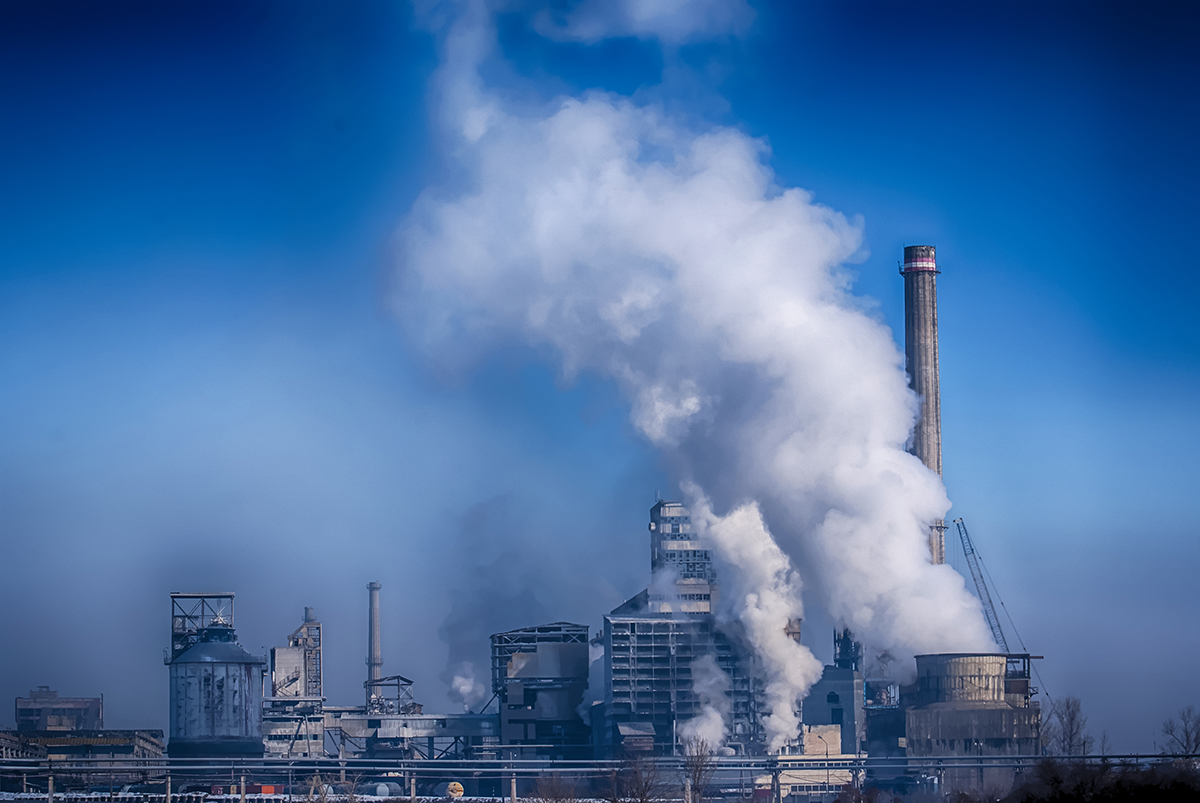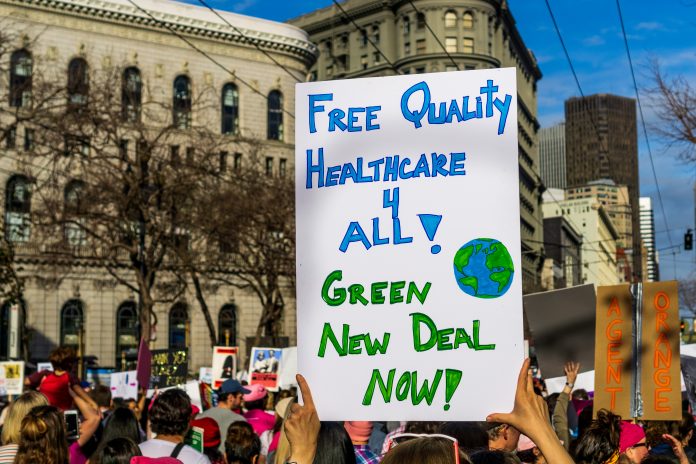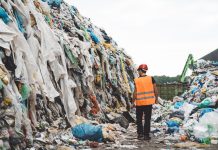Here, Prof Dr Raimund Bleischwitz discusses the overlaps between the transitions for a Green Deal and preparing for recovery after the pandemic
The coronavirus is hitting public health and economies worldwide; a recovery programme is at stake. Addressing both corona emergency and climate emergency in a coordinated manner is key. Europe is marching ahead with a Green Deal that should lead to climate neutrality and a clean, circular economy. To do so will require a massive acceleration of investments into clean technologies and infrastructures, especially in key sectors such as buildings, mobility, energy and food, and it will demand industry to excel in sustainability leadership and new business models.

It won’t be enough to invest in more niches to flourish and green entrepreneurs to enter the markets; the call is for acceleration, upscaling solutions and a deep transformation. This is a new challenge for Schumpeterian dynamics and what scholars call ‘transition management. It is in fact a socio-cultural change at various scales, ultimately approaching a new renaissance with bright individuals, social groups and civil society reshaping markets and prosperity. We see signals of a great mindshift, as Maja Goepel calls it, driven by changes in behaviour and governance structures. Many green technologies for a net zero carbon already exist or are in the making. Recovery programmes should now accelerate transitions and move rapidly from those pioneers to societal impacts with 50% and more market share.
There are lessons to be learned from previous success. Networks such as Inno4SD, the Canada-based Smart Prosperity Institute (SPI) and the international Green Growth Knowledge Platform (GGKP) continuously update their findings on good policies and powerful alliances. Over the last years, renewable energies (REN) have outperformed most expectations and led to days and weeks in many countries where the majority of electricity supply is green. In the UK it has been in October 2019 when electricity from windfarms, solar panels and renewable biomass plants had surpassed fossil fuels since the UK’s first power plant fired up in 1882. Quite a historic landmark! Built on solid funding for research and innovation, a main reason for take-off has been the market development via feed-in tariffs and preferential access. Both helped to mobilise crowd funding across civil society, strengthen new developers and enabled them to challenge market incumbents. Thus, one lesson is the enabling of Schumpeterian newbies with strong visions, market access and a policy-induced reshaping of the establishment.
Recovery through alliances and smooth but rapid transitions
But there is more to it than kicking against incumbents. The REN success story transformed an existing regime of electricity markets and predominantly national power grids via new players. Other areas of a Green Deal will require more decentral action and nudges into a new direction for behaviour, routines and standards. Take here the silent revolution in lighting of the last years. Taking off the training wheels towards new systems with LED lights happened around 2015; it accelerated through relatively short replacement cycles and the ability to tap into existing business models. With other words: a disruption of the many from within, with numerous experiments in the built environment, and gently steered by existing actors together with designers, consumers, investors and smart phasing out policies.
A Green Deal is not a zero-sum game between new companies and incumbents.
A Green Deal is not a zero-sum game between new companies and incumbents. We look at it as a new alliance between Innovation and Ex-Novation where companies can transform themselves and drive the emerging agenda rather than being at existential risk.
Four cases illustrate our point of evolutionary disruptions that help accelerating transitions for a Green Deal:
1. Reducing energy demand will require a shift from gas-fired boilers to heat pumps and other clean solutions, causing pain for consumers and installation firms to respect the variety of existing buildings. Retrofitting new solutions alongside existing boilers are easier to sell, cheaper and less disruptive to install, and remove consumer risks.
2. Greening delivery fleets from diesel trucks to e-vehicles and other alternative patterns will be smoother, when a large green order can be placed alongside some conventional orders. The net zero carbon ambitions of DPD and others now start giving a strong market push to both suppliers of green mobility and recharging infrastructures while keeping financial balance sheets in a healthy shape.
3. Shifting the current carbon-intensive primary steel production towards a circular economy running on secondary steel will create winners and losers in the transitions for a Green Deal. Yet, we estimate net benefits for the largest producing country China in the order of US$ 819 billion by 2030, and co-benefits for the majority of developing countries for their SDG delivery when their costs to access construction materials will become more affordable.
4. Reinvent yourself: Italian-based ENEL has moved from a traditional to a forward-looking utility. Its recent twist is Open Innovability, a crowdsourcing platform with the capacity to attract and process the most innovative solutions to Grand Challenges. It now has collected thousands of solutions from over 90 countries worldwide, and it led to numerous collaboration agreements implementing those solutions.
Companies explore the new space through learning by doing and transferable skills; accelerating transitions in parallel helps to establish trust, enhance market introduction, decrease cost, and transform infrastructures connecting people and building communities of sustainability practice. Enabling such transformations will be key for recovery programmes.
Avoiding carbon traps: Mission possible
A key is not to become complacent, not fall into traps of lobbying and overcoming path dependencies during transitions for a Green Deal. Recovery programmes with a Green Deal at their core will generate new missions possible that align ambitious targets and new narratives, with milestones along roadmaps that are co-generated by stakeholders and civil society. Research explores ‘new fractals’ capturing the multilevel and interdependent nature of lock-ins and escape strategies. We propose catalysing bottom-up transformations at multiple levels as matching partner to the spirit of climate emergency and to the quest for alternatives to the fading paradigm of multilateralism. As much as the latter is relevant for better geopolitical times to come, more large-scale efforts can now be done having learned how and under what conditions collective action can be ramped up following initial improvements, and driven by alliances leveraging the largest social tipping points in deep transformations.
Recovery programmes around a Green Deal with new missions and alliances between innovators and users, policy makers and finance, media and culture could restart economies and actually boost the roaring twenties of this century. However, the Glasgow Climate Conference of the Parties, the Biodiversity Conference in Kunming, China, and a refreshing World Circular Economy Conference in Toronto, Canada, will unfold later this year in light of pandemic times, there are prospects for a global prosperity.
*Please note: This is a commercial profile











